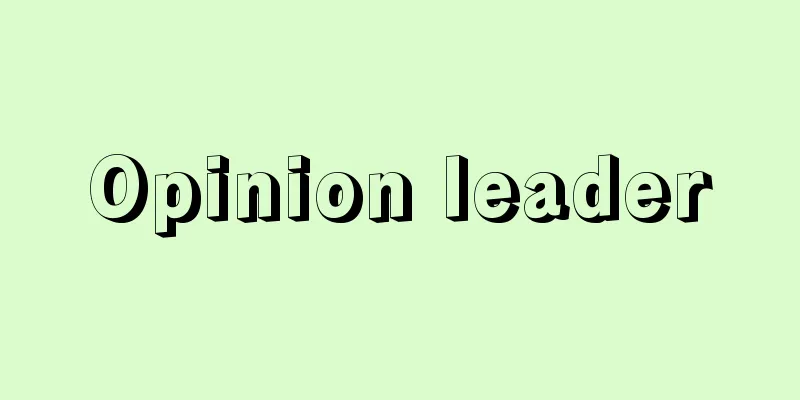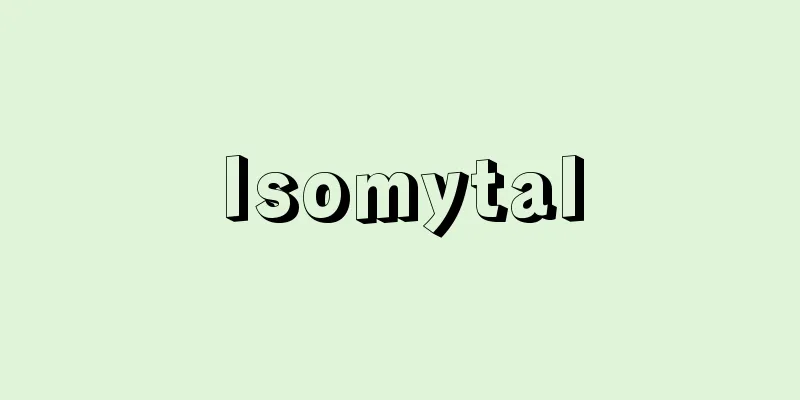National medical care expenditure

|
The Ministry of Health, Labor and Welfare estimates the expenses incurred by citizens in a year at medical institutions for the treatment of injuries and illnesses that may be covered by insurance. This amount includes medical and dental treatment fees, pharmacy dispensing medical expenses, hospitalization meal and lifestyle care expenses, visiting nursing medical expenses and medical care expenses, as well as transportation covered by health insurance, treatment expenses by judo therapists and acupuncturists, and prosthetic devices, but does not include normal pregnancy and childbirth, health checkups, vaccinations, expenses for artificial eyes and limbs required for fixed physical disabilities, or over-the-counter drugs. It includes expenses paid by the patient (out-of-pocket expenses) and expenses paid in full out of pocket (payments made through compulsory automobile liability insurance, and expenses paid in full out of pocket for treatment covered by insurance), but does not include expenses paid by the patient for non-insurance combined medical expenses (evaluation medical treatment, patient-requested medical treatment, selected medical treatment) other than the portion equivalent to insured medical treatment. In addition, it includes publicly funded medical care under the Livelihood Protection Act and medical expenses under the Workers' Accident Compensation Insurance Act, but does not include expenses such as visiting nursing care fees and home/facility services under the Long-Term Care Insurance Act. National medical expenses are a representative indicator of the scale of medical expenses, and have been calculated annually since 1954 (Showa 29). As a macroeconomic indicator, the ratio to national income or gross domestic product is often used. Looking at the trends in national medical expenses, in 1960 it was 409.5 billion yen (medical expenses per capita 4,400 yen, 3.03% of national income), but in 1980 it was 11,980.5 billion yen (102,300 yen, 5.88%), in 2000 it was 30,141.8 billion yen (237,500 yen, 8.03%), and in 2014 it was 40,807.1 billion yen (321,100 yen, 11.20%), and has continued to increase. Factors behind the increase in national medical expenses include advances in medical care, the aging of the population, and the effects of system reforms and revisions to medical fees. Recently, however, the increase has been largely due to advances in medical care (the development of new drugs, medical equipment, medical technologies, etc., also known as "advancements in medical care and natural increases"). If national medical expenses are divided into medical insurance benefits (employee insurance, national health insurance), medical benefits for the elderly, patient burden (out-of-pocket expenses and self-paid medical treatment, etc.), and public medical benefits (medical expenses paid for with public funds such as welfare assistance), in fiscal 2014, employee insurance accounted for 22.4%, national health insurance for the elderly for 23.8%, patient burden for the elderly for 12.4%, and public medical expenses for 7.4%. In addition, looking at the burden and breakdown of national medical expenses, insurance premiums account for 48.7% (insured persons 28.3%, employers 20.4%), public funds 38.8%, and others 12.5% (patient burden 11.7% and others). Under medical insurance, patient burden is 30% for those under 70 years of age after starting compulsory education, 20% for those not starting compulsory education, 20% for those aged 70 to 75 years (however, as a transitional measure, those who turned 70 before March 31, 2014 will be required to pay 10%. Those with incomes equivalent to those of working adults will pay 30%), and 10% for those aged 75 and over (those with incomes equivalent to those of working adults will pay 30%), but this is greatly reduced by the high-cost medical care system. The breakdown is 37.4% for hospitalization, 34.3% for outpatient care, 6.8% for dental care, and 17.9% for pharmacy dispensing (2014 fiscal year). Looking at this cost structure, 46.4% is personnel costs for medical staff such as doctors, nurses, and pharmacists, 28.7% is pharmaceutical and medical material costs, and 24.8% is utility costs, rent, outsourcing fees, and others, showing that medical care is labor-intensive by nature (FY2013). National medical expenses are expected to increase further in the future, and there is a need to reach a national consensus on issues such as fairness in the burden between generations, a level that the working generation can afford, how the national treasury should shoulder the burden, and stability as a source of revenue. [Takeshi Tsuchida February 16, 2017] "Japan's Medical Expenses - From an International Comparative Perspective" by Niki Tatchi (1995, Igaku Shoin)" ▽ "Ii Masako, "Scope of Medical Expenses and 'National Medical Expenses'" (included in "Lectures on Health Economics, Revised Edition" edited by Hashimoto Hideki and Izumida Nobuyuki, 2016, University of Tokyo Press)" ▽ "National Medical Expenses, edited by the Ministry of Health, Labor and Welfare, various annual editions (Health, Labor and Welfare Statistics Association)" ▽ "Health Insurance Association of Japan, edited by the National Federation of Health Insurance Societies, various annual editions (Gyosei)" [Reference items] | | | | |Source: Shogakukan Encyclopedia Nipponica About Encyclopedia Nipponica Information | Legend |
|
国民が1年間に医療機関で保険診療の対象となりうる傷病の治療に要した費用を厚生労働省で推計したもの。この額には、医療保険における医科および歯科の診療費、薬局調剤医療費、入院時食事・生活療養費、訪問看護医療費・療養費のほか、医療保険が適用される移送費、柔道整復師・はり師等による治療費、補装具の費用が含まれるが、正常な妊娠・分娩(ぶんべん)、健康診断、予防接種、固定した身体障害のために必要な義眼・義肢等に要する費用、市販薬は含まれない。患者一部負担(窓口負担)と全額自費で支払った費用(自賠責保険による支払い、保険診療の対象となる治療の費用を全額自費で支払ったもの)は含まれるが、保険外併用療養費(評価療養、患者申出療養、選定療養)において保険診療に相当する部分の費用以外の患者負担となる費用は含まれない。また、生活保護法等による公費負担医療、労災保険法による医療費は含まれるが、介護保険法における訪問看護費や居宅・施設サービスなどの費用は含まれない。 国民医療費は、医療費の規模を示す代表的な指標で、1954年(昭和29)から毎年算出されている。マクロ経済的な指標として、対国民所得比や対国内総生産比がよく使われる。国民医療費の推移をみると、1960年度には4095億円(国民1人当り医療費4400円、対国民所得比3.03%)であったが、1980年度11兆9805億円(10万2300円、5.88%)、2000年度(平成12)30兆1418億円(23万7500円、8.03%)、2014年度40兆8071億円(32万1100円、11.20%)と増加を続けている。国民医療費の増加要因としては、医療の高度化、人口の高齢化、制度改正および診療報酬改正の影響があげられるが、最近は医療の高度化(新しい薬剤、医療機器、医療技術等の開発。「医療の高度化、自然増」ともいわれる)によるところが大きい。 国民医療費を医療保険給付分(被用者保険、国民健康保険)、後期高齢者医療による給付分、患者負担分(窓口負担分や自費診療分等)、公費負担医療給付分(生活保護等の公費で負担する医療分)に分けると、2014年度は被用者保険22.4%、国保23.8%、後期高齢者医療32.8%、患者負担12.4%、公費負担医療7.4%となっている。 また、国民医療費の負担と内訳をみると、負担は保険料が48.7%(被保険者28.3%、事業主20.4%)、公費負担38.8%、その他12.5%(患者負担11.7%ほか)となっている。医療保険では患者負担が、義務教育就学後70歳未満3割、義務教育就学前2割、70歳以上75歳未満2割(ただし経過措置として2014年3月31日以前に70歳になった者については1割負担。現役並みの所得者3割)、75歳以上1割(現役並み所得者3割)とされているが、高額療養費制度により大幅に軽減されていることがわかる。内訳については、入院37.4%、外来34.3%、歯科6.8%、薬局調剤17.9%となっている(2014年度)。これを費用構造でみると、医師・看護師・薬剤師など医療従事者の人件費が46.4%、医薬品・医療材料費が28.7%、光熱費・賃借料・委託費・その他が24.8%となっており、医療が労働集約的な特性を有していることを示している(2013年度)。今後、国民医療費はさらに増加していくことが見込まれているが、世代間の負担の公平、現役世代の負担可能な水準、国庫負担のあり方、財源としての安定性などについて国民的合意を得ることが求められている。 [土田武史 2017年2月16日] 『二木立著『日本の医療費――国際比較の視角から』(1995・医学書院)』▽『井伊雅子「医療費の範囲と「国民医療費」」(橋本英樹・泉田信行編『医療経済学講義 補訂版』所収・2016・東京大学出版会)』▽『厚生労働省編『国民医療費』各年版(厚生労働統計協会)』▽『健康保険組合連合会編『図表で見る医療保障』各年度版(ぎょうせい)』 [参照項目] | | | | |出典 小学館 日本大百科全書(ニッポニカ)日本大百科全書(ニッポニカ)について 情報 | 凡例 |
Recommend
Commercial servant - shougyoushiyon
A person who is subordinate to a particular merch...
Schidium marcidum (English spelling) Schidiummarcidum
… Representative species in Japan include the fol...
Carolina Rattlesnake - Carolina Rattlesnake
...The main component of the venom is hemotoxic t...
Shigenobu River
A river that flows through the Matsuyama Plain in...
Awakening from the Kagotsurubesatonoyoizame - Awakening from the Kagotsurubesatonoyoizame
A Kabuki play. A domestic drama. Eight acts. Writ...
Saibara
Popular songs from the Heian period. These were o...
"Family business biography" - Kagyoden
…In developed areas, the management of commercial...
Chlamyphorus truncatus
...They are rarely seen except when they are seen...
Red-legged wasp - Red-legged wasp
... Brachymeria obscurata (illustration), with ye...
Cirsium japonicum (English name) Cirsiumjaponicum
…[Hiroshi Aramata]. … *Some of the terminology th...
Drug interactions - Drug interactions
Drug interactions when multiple drugs are used tog...
Folding ruler
A folding ruler. Usually made of wood, it is abou...
Ethnic education
Education that cultivates the attitude and ability...
English calendar - English calendar
...Used for various astronomical observations, as...
Goshikigahara
A lava plateau in the southeastern part of Toyama ...









